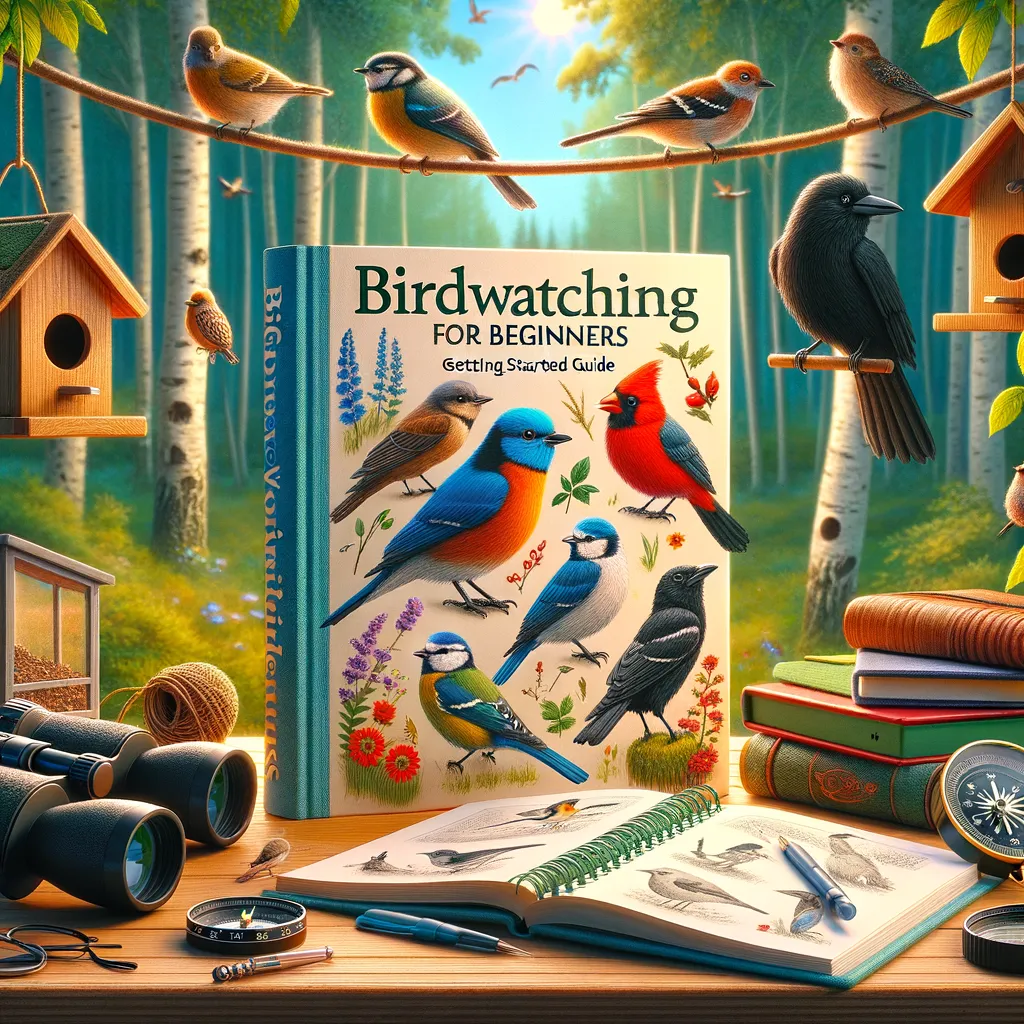Transform Your Backyard Into a Wildlife Haven: A Step-by-Step Guide for Parents
Welcome to our comprehensive guide designed to help families embark on an exciting project: creating a wildlife habitat right in your own backyard! This fun and educational journey not only brings a slice of nature closer to home but also offers a unique way to teach your kids about ecosystems, gardening, and the importance of conservation. Let’s start creating a sanctuary that will not only benefit local wildlife but also provide endless learning and bonding opportunities for your family.
Understanding the Basics of a Wildlife Habitat
Before diving into the soil and seeds, let’s understand what makes a backyard a haven for wildlife. A successful habitat provides four key elements: food, water, shelter, and space to raise young. By intentionally incorporating these elements, you can attract a variety of birds, butterflies, and other beneficial creatures to your garden.
Providing Food for Various Species
One of the first steps in creating your wildlife garden is ensuring there’s a steady food supply throughout the year. Native plants are particularly beneficial as they evolve alongside local wildlife and fulfill their nutritional needs efficiently. Consider planting a mix of flowering plants, shrubs, and trees that produce nectar, seeds, berries, and nuts. Not only will these plants attract insects like bees and butterflies, but they’ll also draw in birds and small mammals searching for a snack.
Fresh Water Sources
Water is a crucial element of a wildlife-friendly garden. A simple birdbath or a small, shallow pond can provide a spot for birds to drink and bathe, amphibians to lay their eggs, and insects to drink. Ensure the water is clean and accessible, and consider adding a shallow end or stones for smaller creatures to perch on safely.
Creating Shelter and Safe Havens
Wildlife needs spots to hide from predators, take shelter from bad weather, and nurture their young. Natural shelters such as dense shrubs, trees, and brush piles or human-made structures like birdhouses, bat boxes, and insect hotels can offer the perfect refuge for various species. When planning your garden, aim for a diverse landscape with different heights and textures to provide ample shelter.
Space to Raise Young
Ensuring your backyard habitat has adequate spaces for wildlife to rear their young is critical for a sustainable ecosystem. Many birds and mammals look for secluded spots away from predators to build nests and raise their offspring. By varying the vegetation and providing nesting boxes, you can encourage species conservation right in your backyard.
Steps to Start Your Wildlife Habitat
Now that you’re familiar with the essentials of a wildlife garden, here are practical steps to transform your backyard:
- Assess Your Space: Take a good look at your garden from a wildlife’s point of view. Identify existing resources and areas for improvement. This assessment will help you plan effectively.
- Choose Native Plants: Research local flora that naturally attracts and nourishes local wildlife. Native plants are easier to care for since they’re adapted to your area’s climate and soil conditions.
- Minimize Lawn Space: Lawns offer little food or shelter for wildlife. Consider reducing your lawn area to make room for more diverse habitats like wildflower meadows or wooded areas.
- Eliminate Chemicals: Pesticides and herbicides can harm the very creatures you’re trying to attract. Explore organic gardening methods to keep your garden safe for all visitors.
- Install Water Features: From simple bird baths to backyard ponds, water features significantly enhance the attractiveness of your garden to wildlife.
Embarking on this journey towards creating a backyard wildlife habitat promises to be an enriching experience for you and your family. Not only does it contribute positively to the environment, but it also instills a sense of stewardship and connection to the natural world in young minds. Stay tuned for more in-depth information on selecting plant varieties, designing your space, and engaging your children in the wildlife gardening process.
5 Essential Tips for Parents Preparing to Create a Wildlife Habitat in Your Backyard
Creating a wildlife habitat in your backyard can be a delightful project for the whole family, offering a unique learning experience and the joy of watching your garden come to life. As parents, you play a crucial role in guiding and educating your children about the importance of nature and conservation through this hands-on activity. Here are five vital tips to keep in mind as you embark on this journey to transform your outdoor space into a thriving sanctuary for wildlife.
1. Involve Your Children in the Planning Process
One of the most enriching aspects of creating a backyard wildlife habitat is the opportunity it provides for family bonding and education. Involve your children from the start — let them help with researching native plants, choosing birdhouses, and even designing the layout of the garden. This not only makes them feel valued and responsible but also cultivates a deeper connection with nature from a young age.
2. Educate Your Family About Local Wildlife
Understanding the needs and behaviors of local wildlife is crucial for creating a habitat that will truly support them. Spend time with your children learning about the species you can expect to attract to your garden. This knowledge will guide you in selecting the right plants, water features, and shelters. Museums, local wildlife reserves, and online resources can be great educational tools for this purpose.
3. Start Small and Expand Gradually
Building a wildlife-friendly garden doesn’t have to be an overwhelming task. Start with a small section of your yard and gradually expand. This approach is not only manageable but also allows you to learn and adapt as you discover what works best for your space and the local wildlife. Small successes will encourage you and your children to continue and explore new additions to your habitat.
4. Practice Sustainable Gardening Methods
Sustainability is key in creating a garden that is both beneficial to wildlife and environmentally friendly. Teach your children about composting, collecting rainwater for irrigation, and avoiding the use of harmful chemicals. These practices not only protect the creatures that visit your garden but also contribute to a healthier planet.
5. Be Patient and Observe the Changes
Creating a wildlife habitat is a journey that requires time and patience. Not all changes will happen overnight, and some adjustments may be necessary as you learn more about the needs of your local wildlife. Use this as an opportunity to teach your children about patience and the importance of perseverance. Keep a journal or photo album to document the wildlife that visits your garden, and celebrate these milestones as a family.
Creating a wildlife habitat in your backyard is an enriching project that combines education, conservation, and family bonding. By following these tips, you’ll not only transform your garden into a haven for local wildlife but also instill in your children a lifelong appreciation for nature. Remember, every small effort counts towards creating a more sustainable and wildlife-friendly environment, right in your own backyard.
Disclaimer
The articles available via our website provide general information only and we strongly urge readers to exercise caution and conduct their own thorough research and fact-checking. The information presented should not be taken as absolute truth, and, to the maximum extent permitted by law, we will not be held liable for any inaccuracies or errors in the content. It is essential for individuals to independently verify and validate the information before making any decisions or taking any actions based on the articles.



